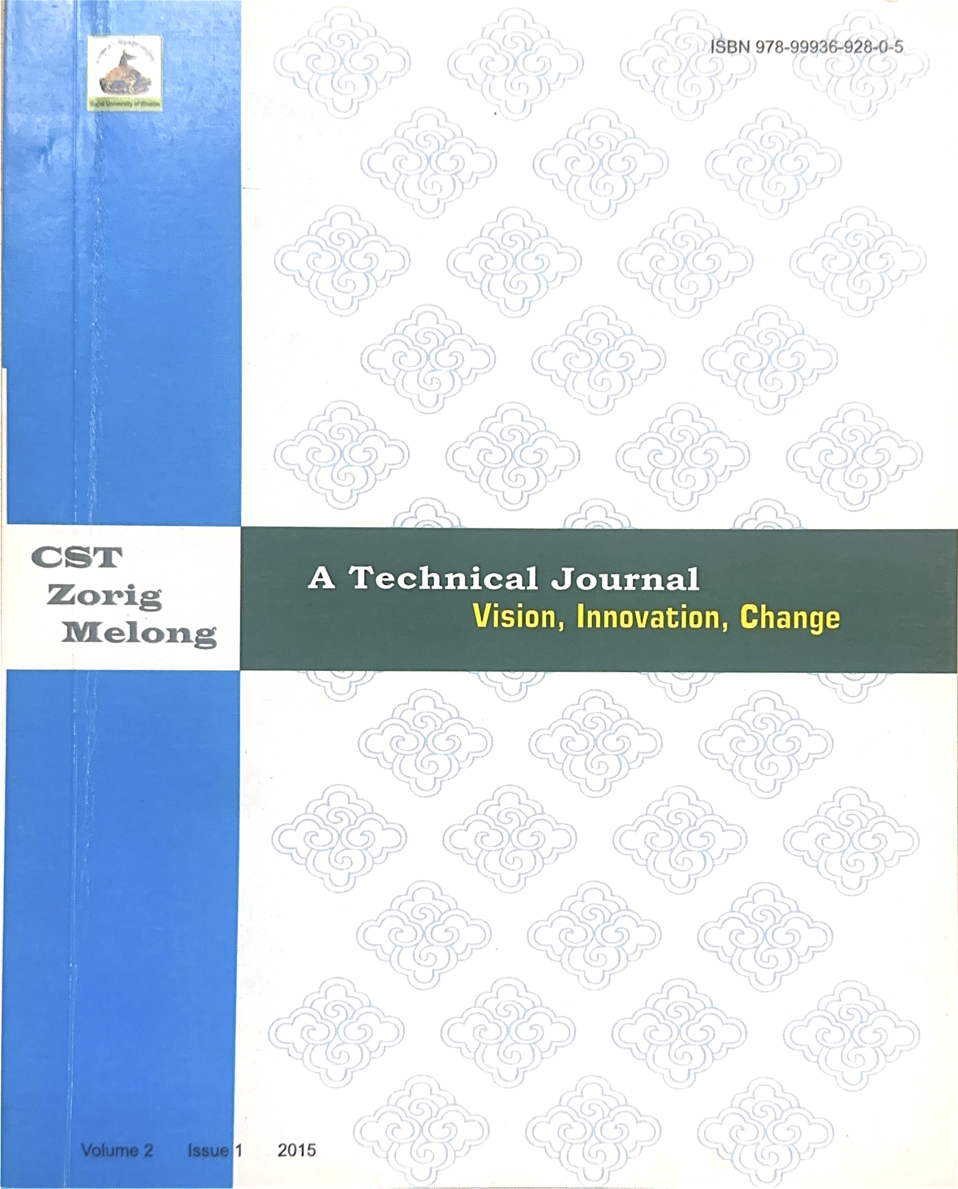Interpolating Engineering Soil Parameters In Terrain Regions Of Rinchending Using Geostatistical Tools In ArcGIS
DOI:
https://doi.org/10.17102/zmv2.i1.006Keywords:
Geographic Information System (GIS), ArcGIS, Geostatistical AnalystAbstract
Geotechnical investigation is a prerequisite to any civil engineering project. Soil parameters like Specific Gravity, Moisture Content, Dry Density, Plasticity Index, Grain Size Distribution, etc., are very important for geotechnical studies since they determine the engineering behavior of the soil. Knowledge of these parameters is crucial to any engineering project. These parameters vary spatially along the surface and with depth in earth strata.
This project focuses on geospatial mapping of engineering soil parameters, where each parameter has its own significance and indicates a particular soil property. For instance, shear strength parameters C and φ are related to the soil's ability to withstand shear stress, while optimum moisture content indicates the maximum compactness of the soil. Thus, the maps developed through this project can be used for various purposes. The grain size distribution parameters (Cu and Cc ) have further been used to classify the soils into different soil classes as per the Indian Standards (IS).
In recent years, Geographic Information System (GIS) has been gaining popularity in the geotechnical field. GIS has been widely used in geotechnical applications globally (Haider et al., 2013). This project attempts to develop thematic maps of various engineering soil parameters from ground-investigated soil samples using interpolation techniques in ArcGIS Geostatistical Analyst extension. The resulting soil maps will help enhance the decision-making process for engineers in assessing soil suitability for shallow foundations and provide easy access to geotechnical data of any area of interest with minimal effort.





